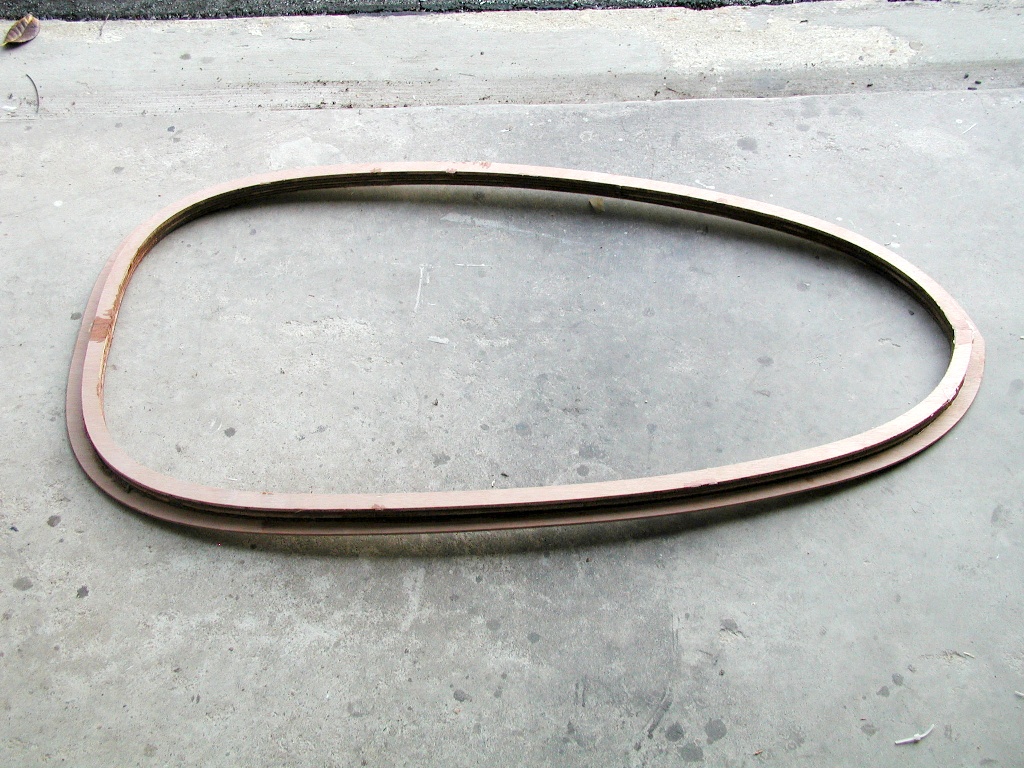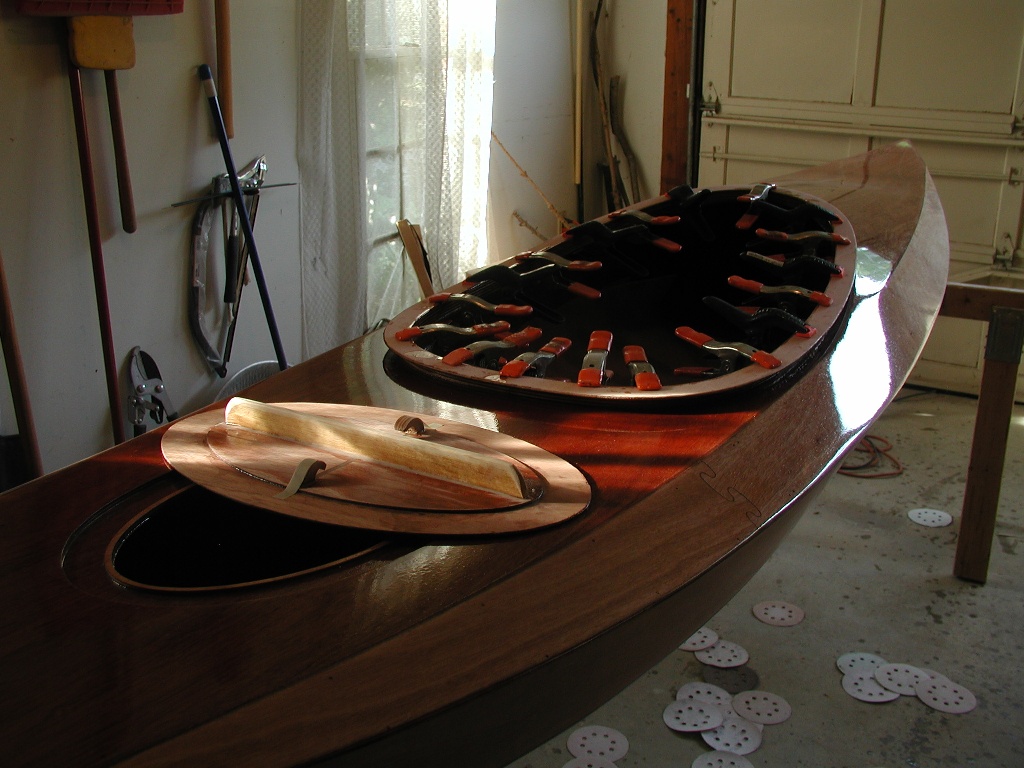Builders' Forum |
|
| ↓ Scroll to Last Comment ↓ | Forum Guidelines | Builders' Forum | |
Should I Add A Fillet Where I Bonded the Lip to rest of Cockpit Coaming?
The S&G Petrel instruction booklet does not mention that a fillet should -- or could -- be added when bonding the coaming lip to the rest of the coaming. It seems to me that if I round off the inside edge agressively -- say with a round over bit -- I could remove enough wood that there is not much left to keep the lip attached to the rest of the coaming. And a (reasonably small) fillet (which would be under the lip and on the top of the stack that creates the coaming) would strengthen this area.
So when building the cockpit coaming, do you add a fillet?
Thanks,
3 replies:
RE: Should I Add A Fillet Where I Bonded the Lip to rest of Cockpit Coaming?
If you are asking only about the very top layer of the stack, I did gentle rounding of the inside edge (maybe 1/4" curve) and minimal rounding of the outside edges -- no fillets.
RE: Should I Add A Fillet Where I Bonded the Lip to rest of Cockpit Coaming?
Short answer - yes.
Long answer
The right angle joint between the coaming lip and the riser stack is a stress concentrator. The forces from the spray skirt, fingers, etc. hit that discontinuity and don't pass through the joint smoothly. The stress gets concentrated and the lip can break off. A fillet will smooth the transition and avoid all this.
It's difficult to apply a good clean fillet with the coaming on the boat, so I built the coaming on a plastic sheet so that it would take the correct shape, but peel off for easy access.

First riser clamped to plastic-covered deck.

Remaining risers and lip glued together.

Cured coaming removed for sanding and the addition of a nice fat fillet under the lip to smoothly transfer the forces from the sides to the top.

Completed coaming back on the boat for final attachment.
Have fun,
Laszlo













RE: Should I Add A Fillet Where I Bonded the Lip to rest of Cockpit Coaming?
» Submitted by Birch2 - Wed, 12/6/17 » 4:13 PM
I've just finished a Shearwater Sport, which is close kin to the Petrel, so I'm guessing that the coaming is very similar. When I finished gluing my coaming together, both sides of the "stack" were rough and raggedy. I did as much smoothing as I could with the tools at hand (rasps and sandpaper), but reached a point where (1) I was sick of battling it and (2) I was concerned about taking off too much wood. I smeared both sides with fillet material, let it get tacky, and then smoothed it with a gloved finger dipper in denatured alcohol. I like the way it turned out and would do the same thing again. My "fillets" weren't just on the top of the stack but smeared on all the edges of the stack to smooth everything out.